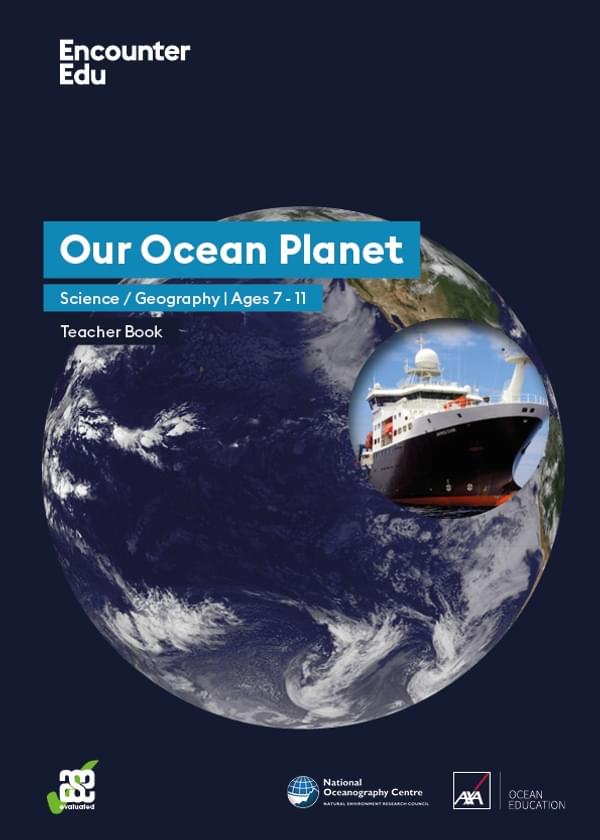View all activities
Make your own plastic bird feeder

We live in a world full of plastic. As we learn to redefine our relationship with this material, consider re-using plastic to create a useful product.
Ages 7+
(adult supervision)
30 minutes
Part of:
AXA Ocean EducationThis activity shows how to make step by step your own plastic bird feeder. Win-win for you and the environment.
Activity steps
- Prepare your work space by clearing your desk and laying newspaper down and get all of your materials out.
- Wash the bottle out with water.
- Measure about 10cm up the bottle and draw a small circle. It needs to be about the same size as the handle of your wooden spoon.
- On the opposite side draw a larger circle, about the size of a big coin. The bottoms of the circles need to be at the same height.
- Squeeze the bottle together and carefully cut the circle out. Do not try to poke a hole in the bottle.
- Put the wooden spoons into the bottles. The big end of the spoon needs to go snugly in the big hole.
- Put the lid on the bottle.
- Use string to make a loop so you can hang the bird-feeder.
- In a tray at home, fill the bottle with seeds. The tray will stop the seeds making a mess.
Safety guidance
- Use safety scissors.
Brought to you by

